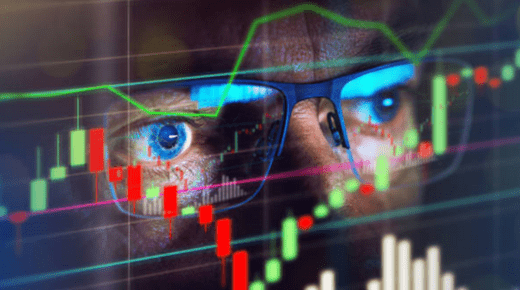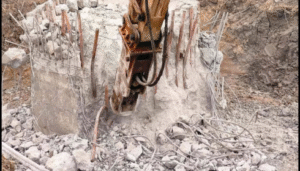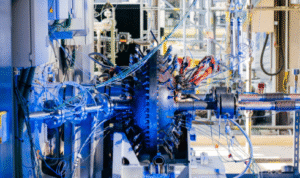When it comes to the world of digital currencies, the safety of crypto exchang is a hot topic. These platforms are the lifelines of the crypto economy, where people buy, sell, and trade digital assets. But how safe are they really? Let’s dive into the security measures that crypto exchanges employ to protect your investments and explore the risks that still exist in this digital landscape.
First off, it’s important to understand that no system is completely foolproof. However, crypto exchanges have come a long way in enhancing their security protocols. One of the primary ways they do this is through the use of encryption. This is like a digital lock that scrambles your data, making it unreadable to anyone without the key. Most exchanges use a combination of encryption methods, including SSL/TLS for secure data transmission and AES for encrypting stored data.
Another layer of security is the implementation of multi-factor authentication (MFA). This is like having a second lock on your door, requiring users to provide more than just a password to access their accounts. Common forms of MFA include text message codes, email confirmations, or biometric data like fingerprints. By adding this extra step, exchanges significantly reduce the risk of unauthorized access.
But what about the actual infrastructure? Many crypto exchanges operate on a decentralized model, which means they don’t rely on a single server or location. This can be a double-edged sword. On one hand, it can make it harder for hackers to target a specific point of vulnerability. On the other hand, it can also make it more challenging for exchanges to maintain consistent security standards across their network.
One of the most critical aspects of security for any crypto exchange is the handling of private keys. These are the digital keys that give you access to your crypto assets. If a hacker gets hold of your private key, it’s like giving them the keys to your vault. Exchanges often use a system called cold storage, where private keys are stored offline, away from the internet. This is a smart move because it reduces the risk of them being stolen through a cyber attack.
Let’s not forget about the human element. Exchanges are only as secure as the people who run them. That’s why many exchanges invest in regular security audits and employee training to ensure that everyone is up to speed on the latest threats and best practices. They also have incident response teams ready to spring into action if a breach does occur.
Despite all these measures, no exchange can guarantee absolute safety. There have been instances of hacks and thefts in the past, and it’s a harsh reminder that the crypto world is still a bit of a wild west. It’s crucial for users to do their part by using strong, unique passwords and enabling MFA on their accounts.
In conclusion, while the safety of crypto exchanges is a complex issue with no easy answers, the industry is continuously evolving to improve security. It’s a balance of robust technology, vigilant human oversight, and individual user responsibility. As long as exchanges continue to prioritize security and users stay vigilant, the future of crypto trading can be a secure one.
How Safe Are Crypto Exchanges? Understanding Security Measures

You must be logged in to post a comment.















+ There are no comments
Add yours